The American Midwest has long been dismissed by coastal food critics as a culinary flyover zone of meat, potatoes, and casseroles. However, a remarkable gastronomic revolution has transformed the region’s food landscape, with small towns and mid-sized cities developing vibrant food scenes that leverage local agriculture, immigrant influences, and innovative chefs returning home after honing their skills in culinary capitals.
Here is a list of unexpected Midwestern destinations where remarkable dining experiences await, from chef-driven restaurants to generational ethnic eateries and distinctive regional specialties worth the detour.
Traverse City, Michigan
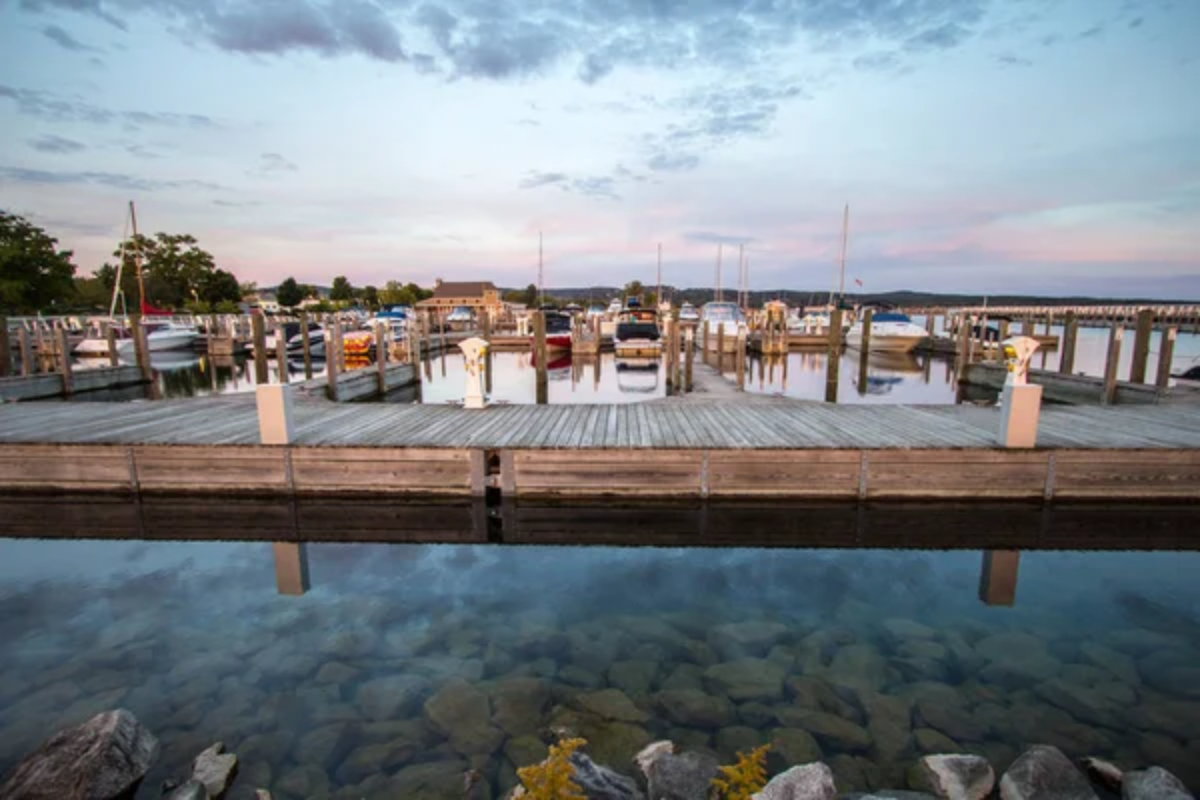
This northern Michigan town has transformed from a cherry capital to a full-fledged culinary destination, where proximity to abundant agriculture and Great Lakes fishing creates a distinctive regional cuisine. The nearby Old Mission and Leelanau Peninsulas house more than 40 wineries producing cool-climate varietals increasingly recognized in international competitions, with standouts like Mari Vineyards pioneering unusual Italian varieties rarely grown in North America.
Traverse City’s location on Grand Traverse Bay provides exceptional freshwater fish featured prominently at restaurants like The Cooks’ House, where inventive preparations of whitefish, perch, and walleye showcase the bounty of surrounding waters.
Madison, Wisconsin
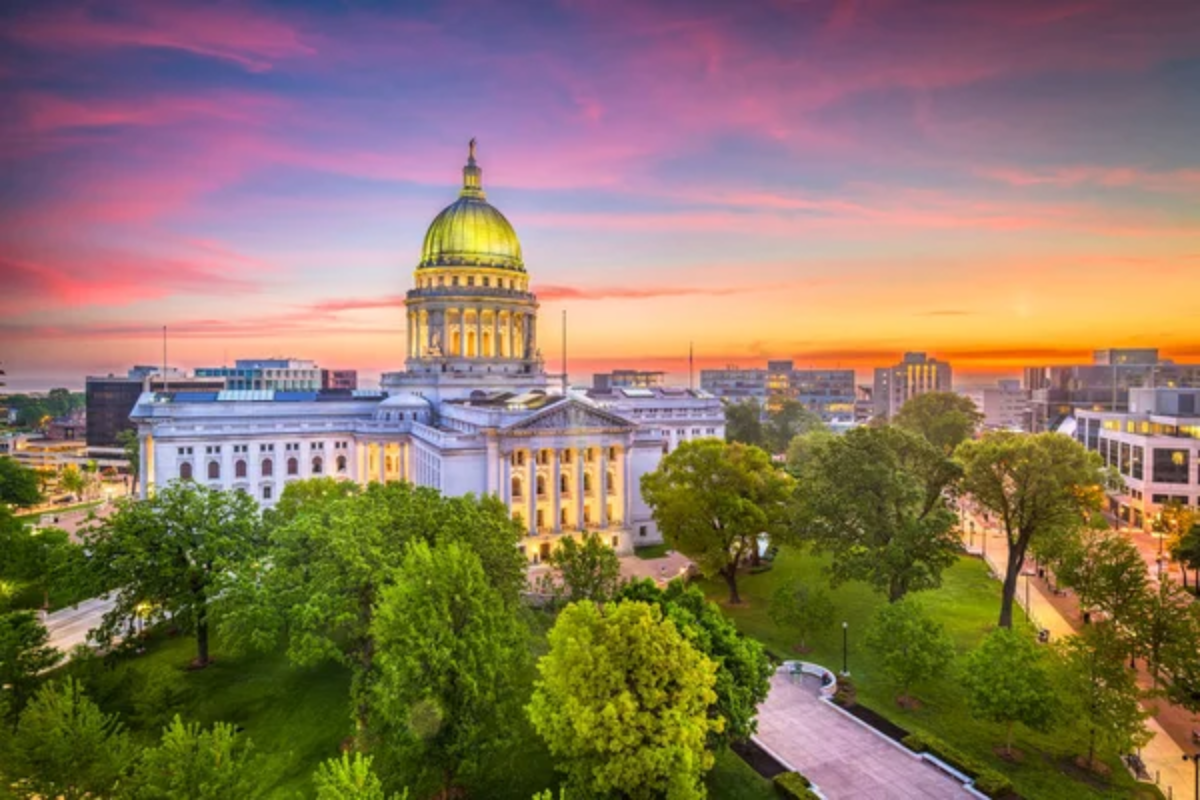
Wisconsin’s capital combines university-town innovation with agricultural abundance, creating one of the Midwest’s most dynamic food scenes built around the nation’s largest producer-only farmers market. L’Etoile restaurant, pioneered by chef Odessa Piper and now led by chef Tory Miller, has championed local sourcing since the 1970s, forging farm connections that have benefited the entire Madison dining community.
Wisconsin’s dairy heritage shines at Fromagination, where knowledgeable mongers guide customers through an extraordinary selection of artisanal cheeses from America’s most awarded dairy state.
Like Travel Pug’s content? Follow us on MSN.
Bloomington, Indiana

This Hoosier college town has nurtured a sophisticated food scene where craft cocktail bars, artisanal bakeries, and chef-driven restaurants thrive alongside traditional Indiana specialties. The town’s international student population supports exceptional ethnic dining, including Anatolia, where authentic Turkish cuisine rarely found in the Midwest includes house-baked breads and traditional specialties prepared by Istanbul-trained chefs.
Bloomington’s compact downtown means visitors can explore coffee roasters, craft breweries, farm-to-table restaurants, and ethnic eateries all within walking distance, creating an unexpectedly accessible culinary getaway.
Iowa City, Iowa

Literary heritage and agricultural abundance combine in this UNESCO City of Literature, where independent restaurants thrive in historic buildings surrounding the University of Iowa campus. Chef David Burt’s Pullman Bar & Diner elevates Midwestern classics through careful sourcing and precise technique, with standout dishes including a transcendent version of Iowa’s signature pork tenderloin sandwich.
Located in America’s premier grain-producing state, Iowa City boasts exceptional bakeries, including Deluxe Cakes and Pastries, where European-trained bakers transform local wheat, corn, and oats into artisanal breads and pastries.
Eau Claire, Wisconsin

This revitalized former lumber town along the Chippewa River has developed a vibrant food culture connected to surrounding agricultural communities and driven by young entrepreneurs returning home after gaining experience in larger cities. The Informalist restaurant in the boutique Lismore Hotel creates sophisticated farm-to-table cuisine, including exceptional wood-fired pizzas topped with seasonal ingredients sourced from the vibrant year-round farmers market just across the street.
Eau Claire’s craft beverage scene includes Brewing Projekt, producing innovative beers in their riverside taproom, and Infinity Beverages, crafting unusual whiskeys and fruit-infused spirits from Wisconsin agricultural products.
Like Travel Pug’s content? Follow us on MSN.
Ann Arbor, Michigan
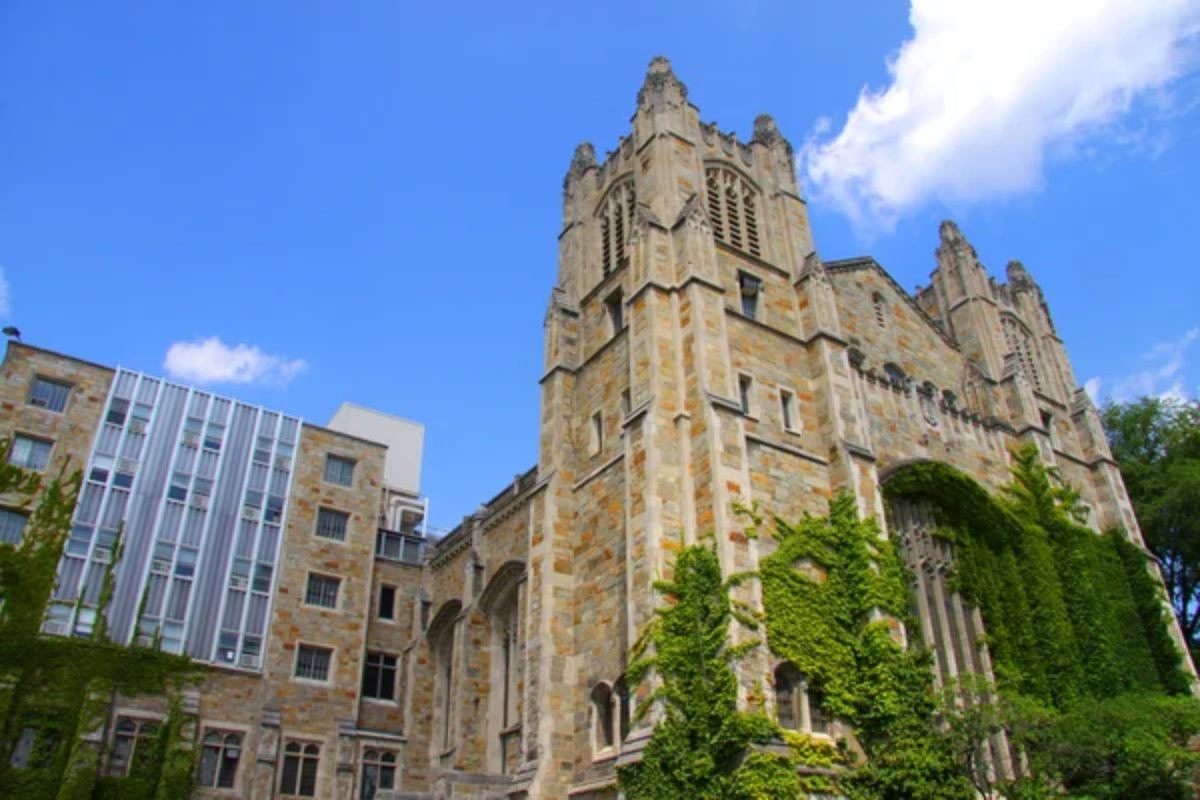
This university town has long punched above its culinary weight class with chef-driven restaurants, exceptional bakeries, and an eclectic food culture that benefits from academic global connections. Zingerman’s Delicatessen anchors a community of food businesses, including a bakehouse, creamery, and coffee company, that have established Ann Arbor as a food destination since 1982 through uncompromising quality and deep producer relationships.
The city’s academic population supports specialized food businesses like TeaHaus, offering over 200 loose-leaf varieties alongside European-style pastries in a setting reminiscent of Viennese tea culture rather than typical Midwestern cafe fare.
Champaign-Urbana, Illinois

The twin cities housing the University of Illinois have fostered a surprisingly cosmopolitan food scene where academic global connections support authentic international dining alongside innovative chef-driven concepts. The university’s large Asian student population supports remarkable authenticity at restaurants like Sakanaya, which serves impeccable Japanese cuisine, including consistently fresh sushi rarely found in downstate Illinois.
The twin cities’ agricultural surroundings enable farm-to-table pioneers like Silvercreek and Courier Cafe to maintain direct relationships with producers who supply everything from heirloom tomatoes to heritage-breed pork.
Grand Rapids, Michigan

Michigan’s second-largest city has transformed from a furniture manufacturing hub to a culinary destination where craft beverage producers and chef-driven restaurants thrive in repurposed historic buildings. The city’s craft beer scene ranks among America’s best, with Founders Brewing Company’s international reputation anchoring a community of distinctive breweries, including Brewery Vivant, crafting Belgian-inspired ales in a renovated funeral chapel.
The annual Grandwich competition highlights the city’s sandwich creativity, with dozens of restaurants creating distinctive entries that showcase local ingredients between artisanal bread from the city’s exceptional bakeries.
Like Travel Pug’s content? Follow us on MSN.
Bloomington-Normal, Illinois
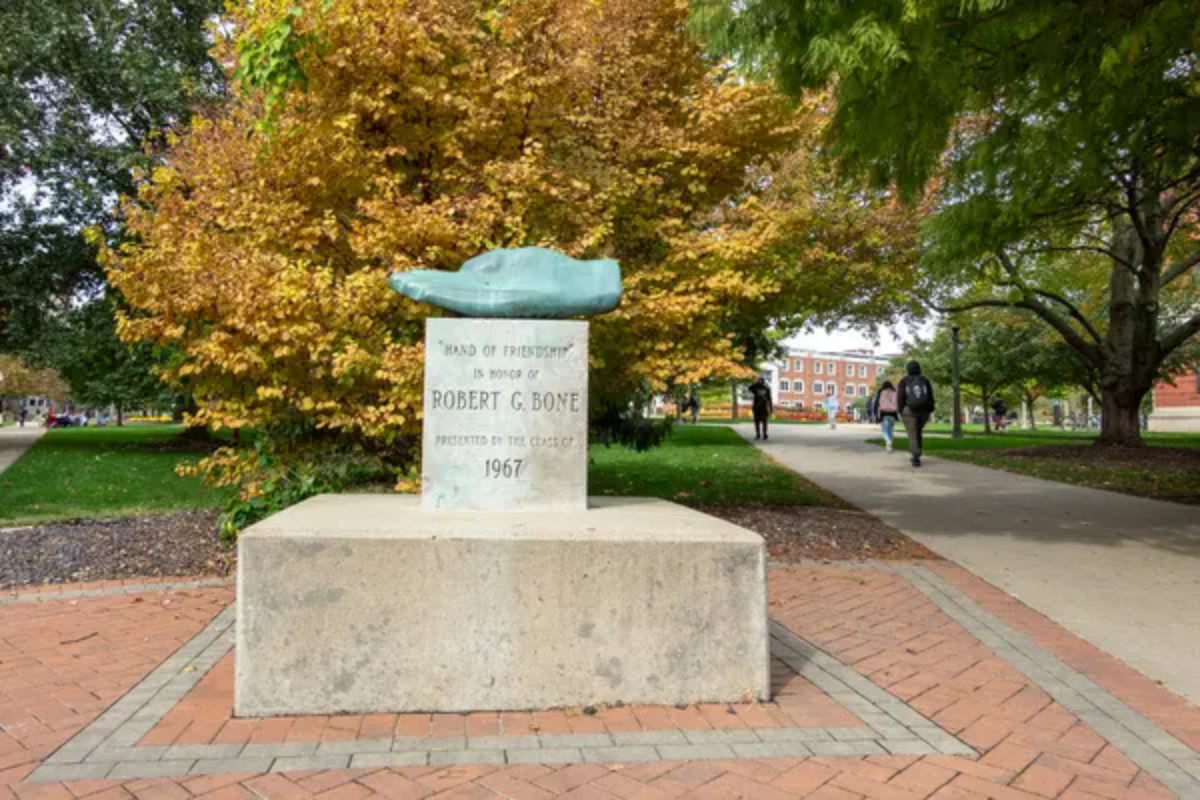
These twin cities amid central Illinois farmland have developed an unexpectedly diverse food scene where agricultural abundance meets global influence from State Farm corporate headquarters and Illinois State University. Epiphany Farms operates a true farm-to-table ecosystem, growing ingredients for their four distinct restaurants on their nearby organic farm, with menus changing daily based on harvest schedules.
The twin cities’ global corporate presence supports upscale dining options, including Jim’s Steakhouse, where classic American steakhouse traditions meet contemporary preparations and exceptional service rarely found in cities of similar size.
Lawrence, Kansas

This progressive college town surrounded by rolling prairies and agricultural lands has nurtured a diverse food scene where Kansas farming traditions meet global influences and cheffy innovation. The town’s agricultural context provides exceptional ingredients to restaurants like Limestone Pizza, where Kansas grains become naturally-leavened dough topped with seasonal ingredients and baked in a blazing limestone-lined oven.
Global influences flourish through restaurants like Little Saigon Cafe, where Vietnamese immigrants have introduced authentic Southeast Asian flavors to the Kansas prairie, with house specialties including pho simmered with locally-raised beef.
Northfield, Minnesota

This historic river town just south of the Twin Cities punches far above its weight culinarily, combining small-town charm with sophisticated dining options supported by two liberal arts colleges. The town’s academic population supports specialized food businesses like Cakewalk, where classically-trained pastry chefs create European-style desserts and artisanal breads rarely found in towns of 20,000.
Northfield’s Riverwalk Market Fair showcases local growers and food artisans each Saturday during the growing season, creating community connections between producers and consumers while providing visitors with an authentic taste of southeastern Minnesota’s agricultural bounty.
Like Travel Pug’s content? Follow us on MSN.
Oxford, Ohio
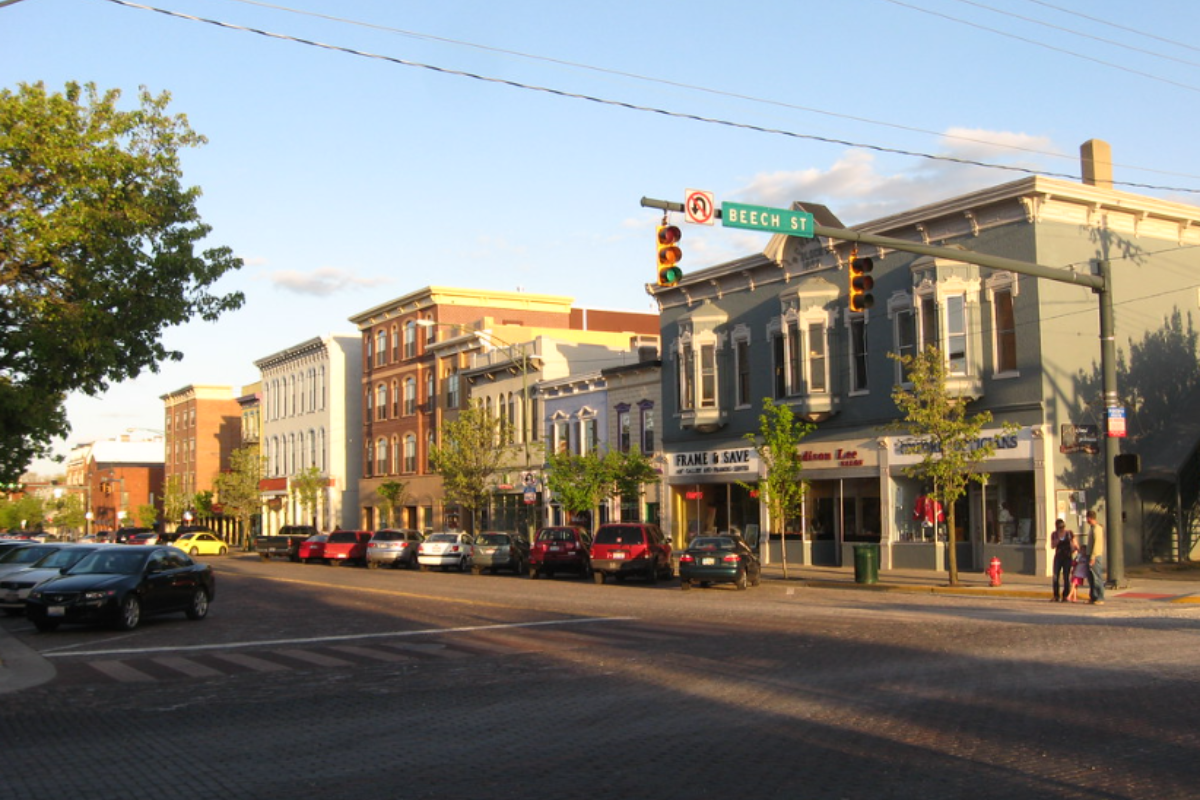
Miami University’s hometown has developed a concentrated food scene where Midwestern ingredients meet global techniques in historic buildings surrounding the red-brick campus. Kofenya Coffee House established a third-wave coffee culture here long before it reached other small Midwestern towns, serving carefully sourced single-origin beans alongside house-made pastries in a student-centered atmosphere conducive to both studying and socializing.
Oxford’s compact downtown creates a walking-friendly food district where visitors can experience multiple distinctive establishments without moving their cars from a single parking space.
Hays, Kansas
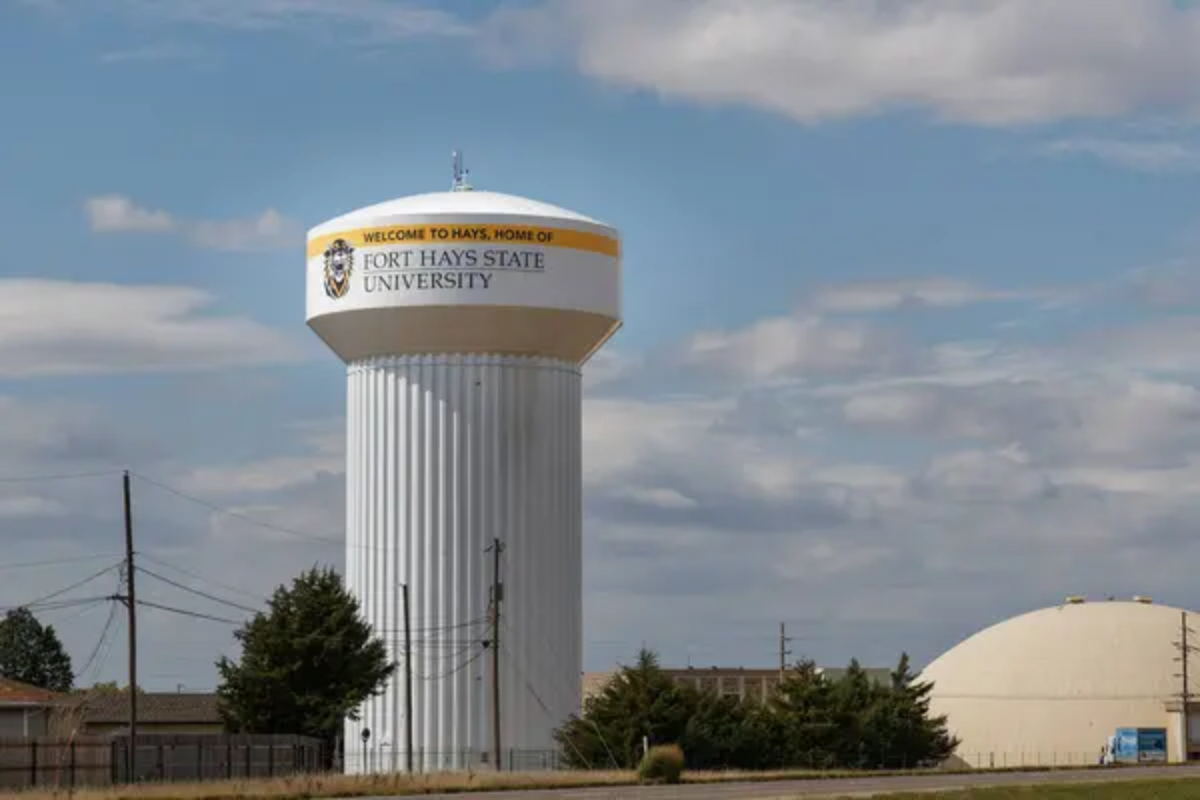
This High Plains town amid western Kansas farmland might seem an unlikely culinary destination, but immigrant influences and agricultural connections have created distinctive dining options worth the detour from Interstate 70. Gella’s Diner & Lb. Brewing Co. has earned multiple Great American Beer Festival medals for their craft beers produced in this unlikely location, paired with elevated comfort foods incorporating local ingredients, including Kansas-raised bison and beef.
The town’s German heritage manifests through Al’s Chickenette, which has been serving pan-fried chicken and sides since 1949 using traditional recipes brought by Volga German immigrants who settled in this region in the 19th century.
Holland, Michigan
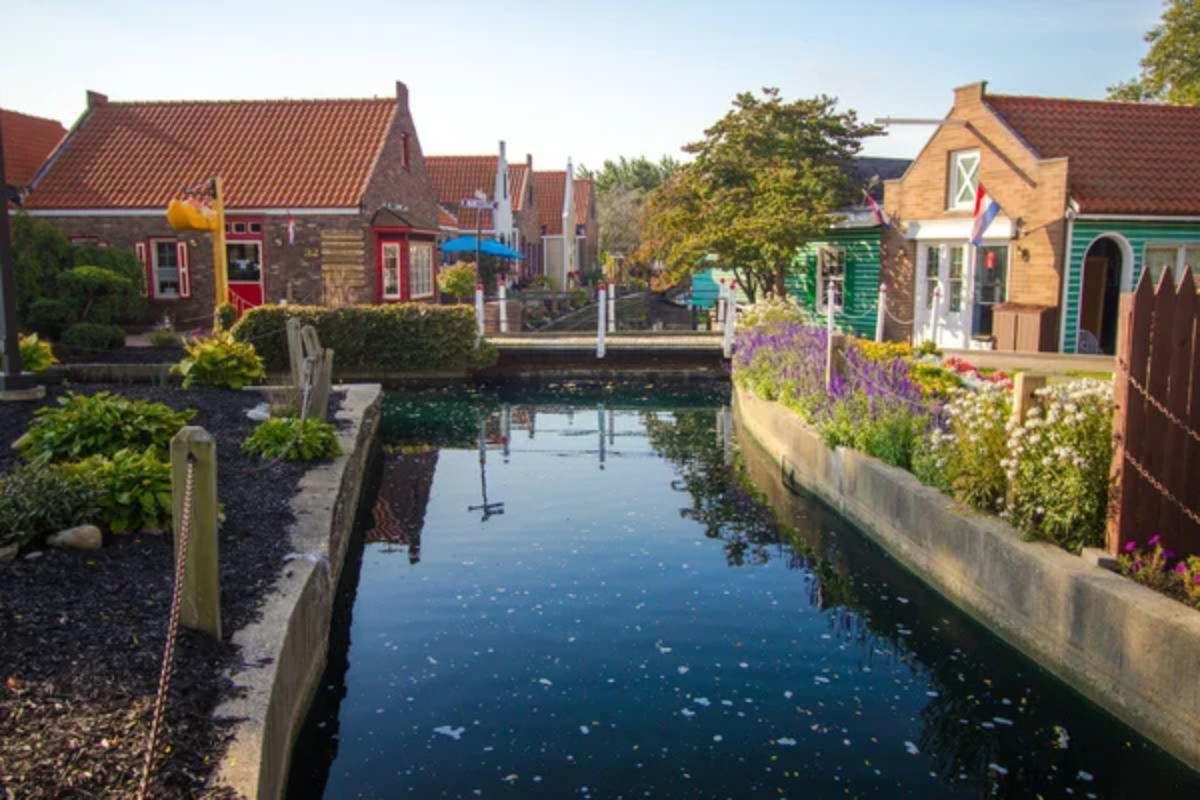
This Lake Michigan shoreline town combines Dutch heritage with agricultural abundance and freshwater fishing to create a distinctive food scene that peaks during the summer tourism season but maintains year-round quality. The town’s Dutch roots shine through deBoer Bakkerij, creating authentic Dutch confections, including speculaas, stroopwafels, and banketstaaf, using recipes brought by immigrants who founded this lakeshore community.
The Holland Farmers Market ranks among Michigan’s best, with Wednesday and Saturday operations throughout the growing season featuring over 100 vendors selling everything from heirloom vegetables to artisanal cheese and freshly caught Great Lakes fish.
Like Travel Pug’s content? Follow us on MSN.
Columbia, Missouri
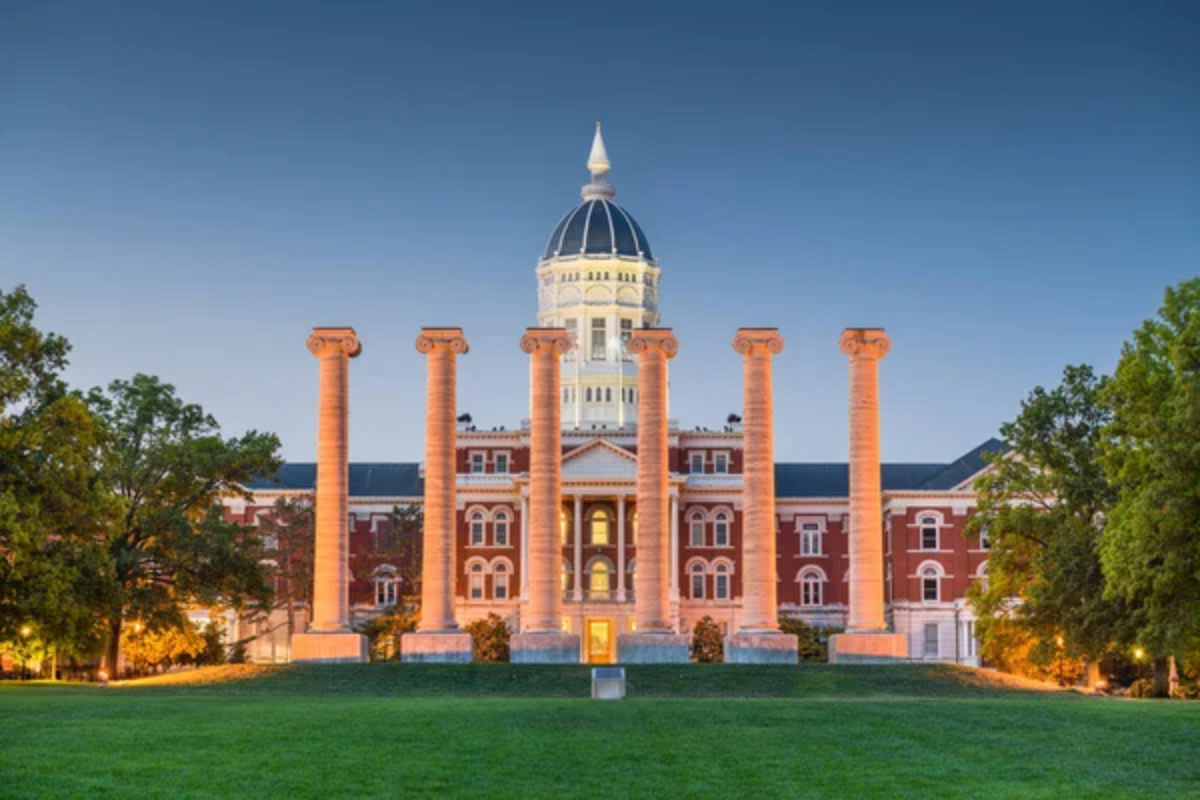
This college town amid rolling Missouri farmland has developed a surprisingly sophisticated food scene, with chef-driven restaurants and artisanal producers supported by a community that values local agriculture. The town’s agricultural surroundings support specialized food businesses like Uprise Bakery, where naturally-leavened breads incorporate local grains, and Barred Owl Butcher & Table, practicing whole-animal butchery with Missouri-raised livestock.
The city’s university connection supports global dining options including Chim’s Thai Kitchen, serving authentic Northeastern Thai cuisine rarely found in similar-sized Midwestern cities.
Decorah, Iowa
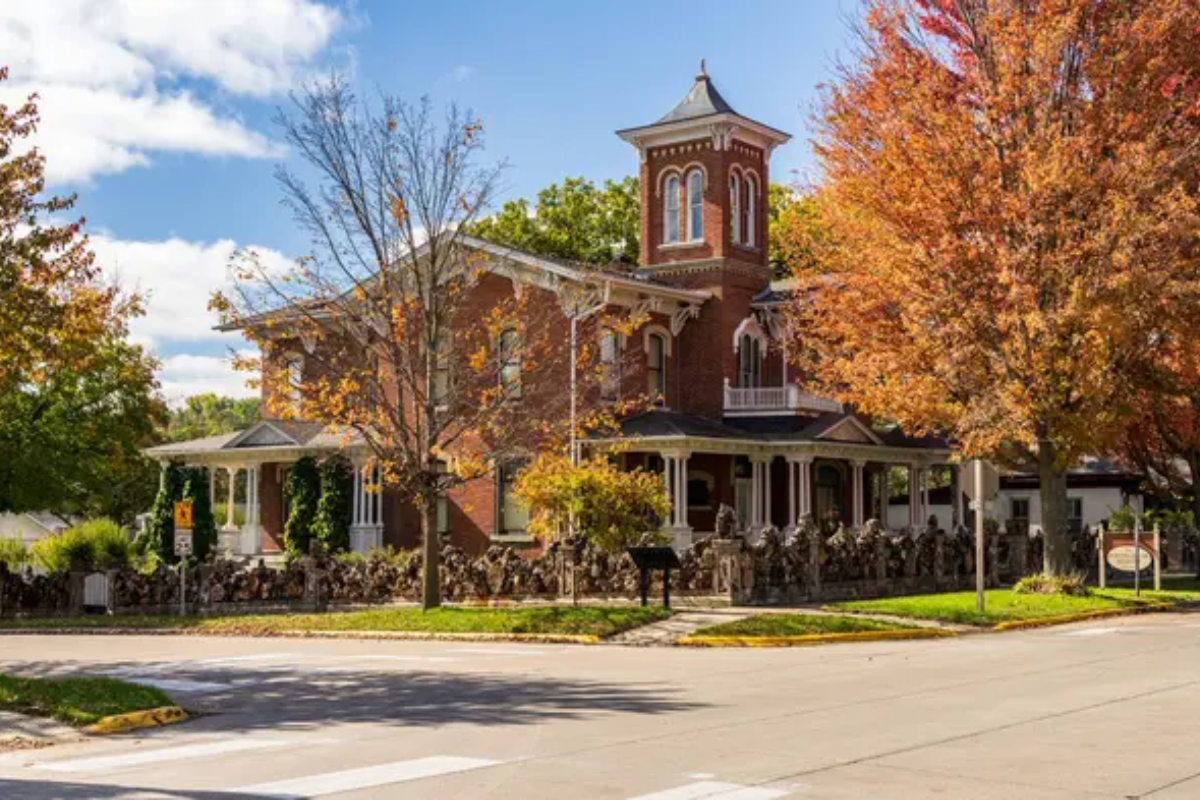
This small town in Iowa’s Driftless Region has developed an outsized food culture through Norwegian heritage, agricultural connections, and an influx of culinary talent drawn to northeastern Iowa’s natural beauty. Toppling Goliath Brewing Company has earned international acclaim for its hoppy IPAs and barrel-aged stouts, attracting beer tourists who discover the town’s surprising food scene while pursuing limited releases.
The town’s Norwegian heritage manifests at Nordic Fest each July, where traditional specialties, including lefse, krumkake, and rømmegrøt, connect current residents to the immigrant culinary traditions that shaped this corner of Iowa.
Traverse City, Michigan
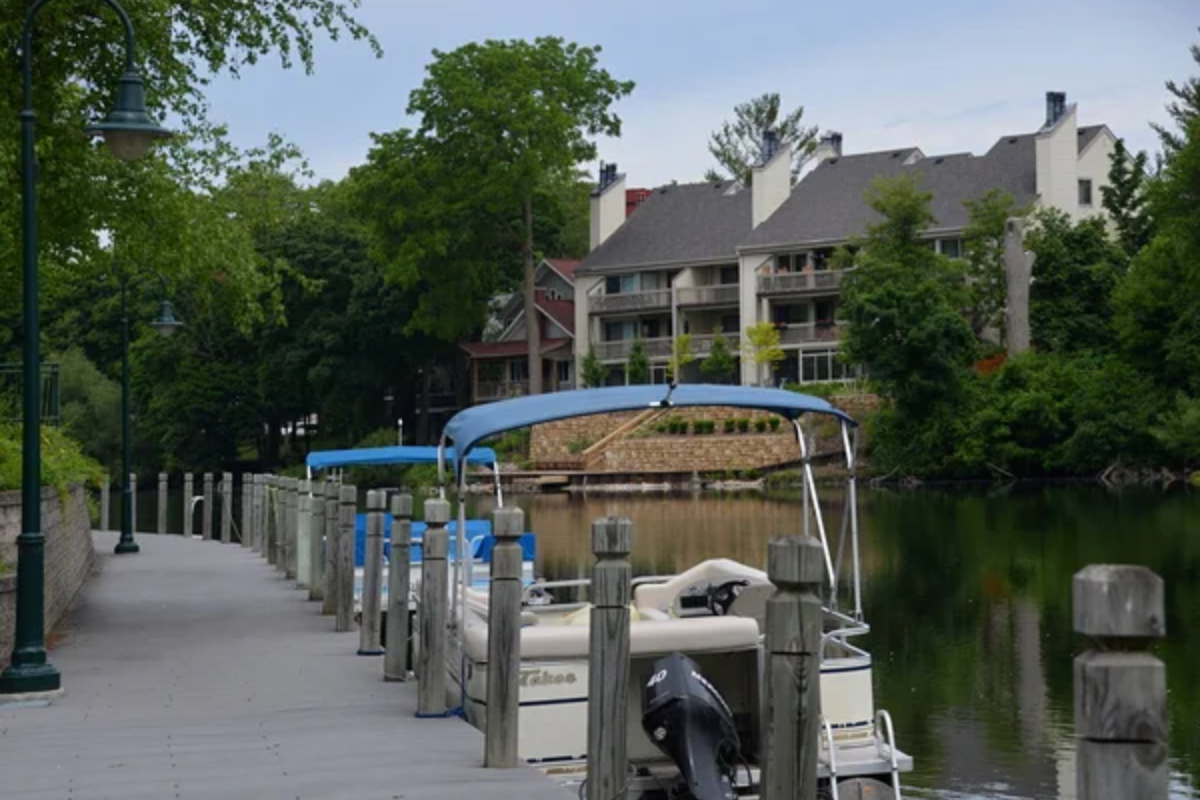
This northern Michigan city has leveraged its cherry-growing heritage and wine country location to develop a sophisticated food scene that peaks during summer tourism but maintains year-round excellence. The nearby Old Mission and Leelanau Peninsulas house over 40 wineries producing cool-climate varieties increasingly recognized in international competitions, with standouts like Left Foot Charley showcasing Michigan’s unique terroir.
The annual Traverse City Restaurant Week offers winter visitors special menus and events that highlight the city’s year-round culinary depth beyond its summer tourist season.
Like Travel Pug’s content? Follow us on MSN.
Greenville, Ohio

This small farming community in western Ohio might seem an improbable culinary destination, but exceptional local producers and downtown revitalization have created surprising food options amid Darke County’s agricultural landscape. Montage Cafe combines a coffee house, bakery, and cafe in a beautifully renovated historic building, serving scratch-made foods incorporating products from nearby farms and producers.
Bear’s Mill, operating since 1849, produces stone-ground flours from locally-grown grains, supplying home bakers and professional kitchens throughout the region while educating visitors about traditional milling techniques.
Galena, Illinois

This beautifully preserved 19th-century town in northwestern Illinois combines historic architecture with a vibrant food scene supported by summer tourism and nearby agricultural producers. The town’s architectural preservation creates distinctive dining settings, including Fritz and Frites, serving French and German cuisine in a meticulously restored historic building that connects diners to Galena’s 19th-century European immigrant heritage.
The surrounding Driftless Region agricultural landscape supplies restaurants like One Eleven Main, where seasonal menus highlight ingredients from farms, orchards, and creameries within 50 miles of Galena.
Boulder Junction, Wisconsin
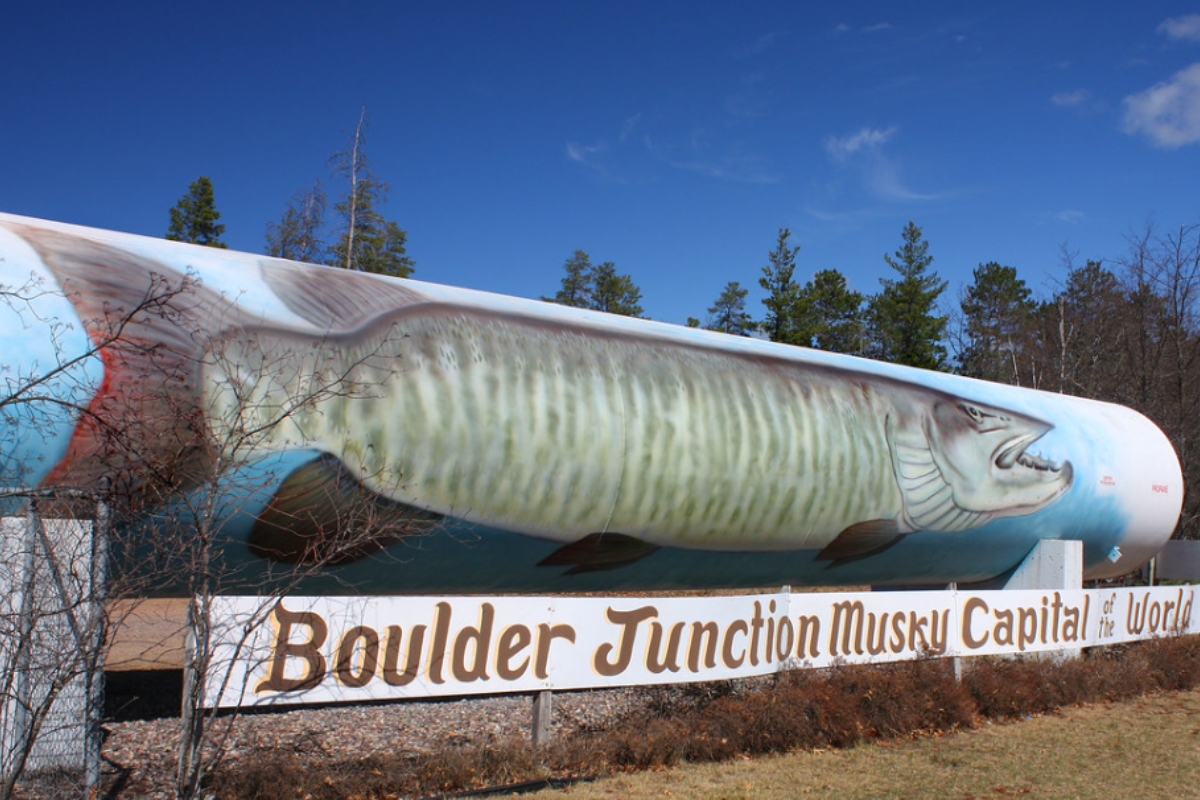
This tiny Northwoods town transforms into a surprising culinary destination where generations of supper club tradition meet contemporary techniques amid pristine lakes and forests. Aqualand Ale House elevates Northwoods dining through craft beer, wood-fired pizza, and sophisticated entrees incorporating local ingredients, including freshwater fish, foraged mushrooms, and seasonal produce from nearby farms.
The surrounding forests provide seasonal ingredients, including wild blueberries, mushrooms, and ramps featured at restaurants committed to showcasing Wisconsin’s wild bounty alongside agricultural products from nearby farms.
Like Travel Pug’s content? Follow us on MSN.
Beyond Meat and Potatoes
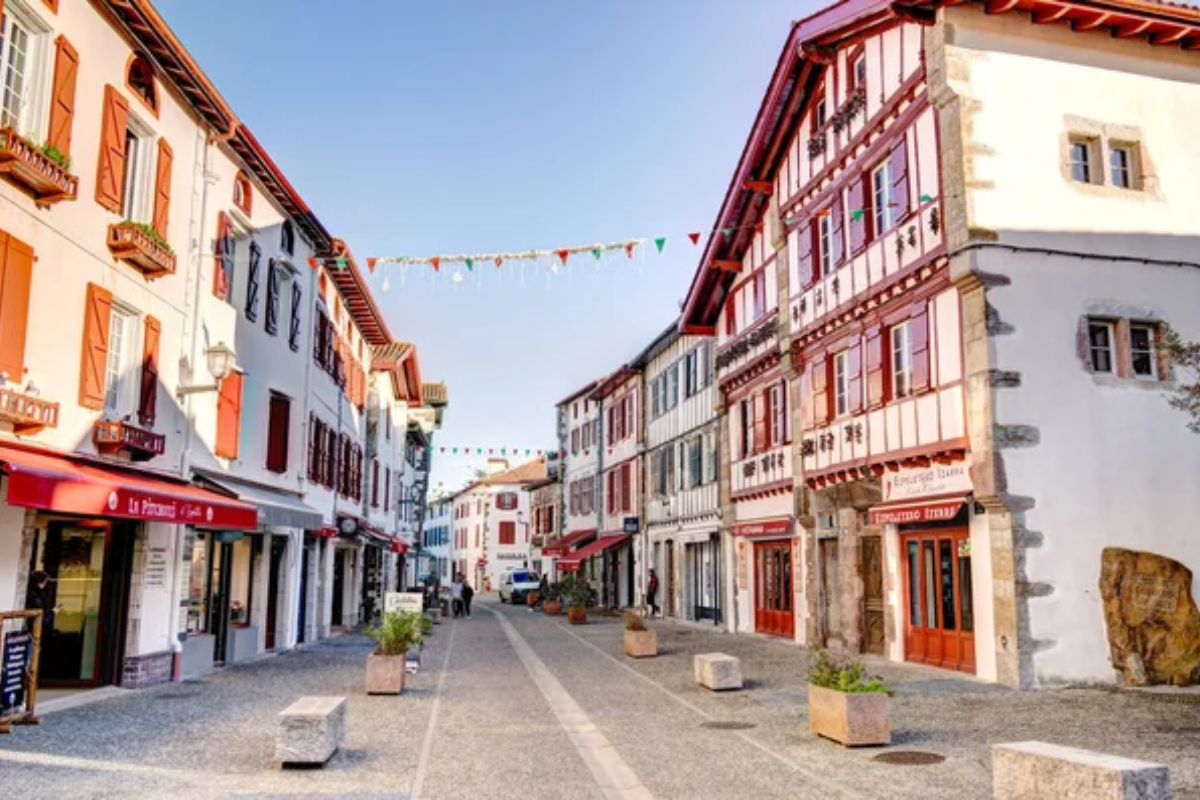
These extraordinary towns reveal the Midwest not as a culinary wasteland but as a fertile ground where agricultural abundance, immigrant traditions, and chef-driven innovation create distinctive food scenes worth dedicated journeys.
The affordability compared to coastal dining destinations means visitors experience exceptional quality and creativity at prices that encourage exploration across multiple establishments. For travelers willing to venture beyond major cities, these smaller Midwestern destinations provide delicious rewards through food that tells the story of the place more authentically than any guidebook ever could.
More from Travel Pug

- 20 Mind-Blowing Things You Probably Didn’t Know You Could Do in the U.S.
- The Best Cruise Ship Experiences for U.S. Citizens
- The Best U.S Travel Destinations for Golf Lovers
- The 25 Most Dangerous Cities in the World (Exercise Caution if Travelling There)
- The Best Fall Foliage Spots in New England (Must-See Places)
Like Travel Pug’s content? Follow us on MSN.
